Physical Address
304 North Cardinal St.
Dorchester Center, MA 02124
Physical Address
304 North Cardinal St.
Dorchester Center, MA 02124
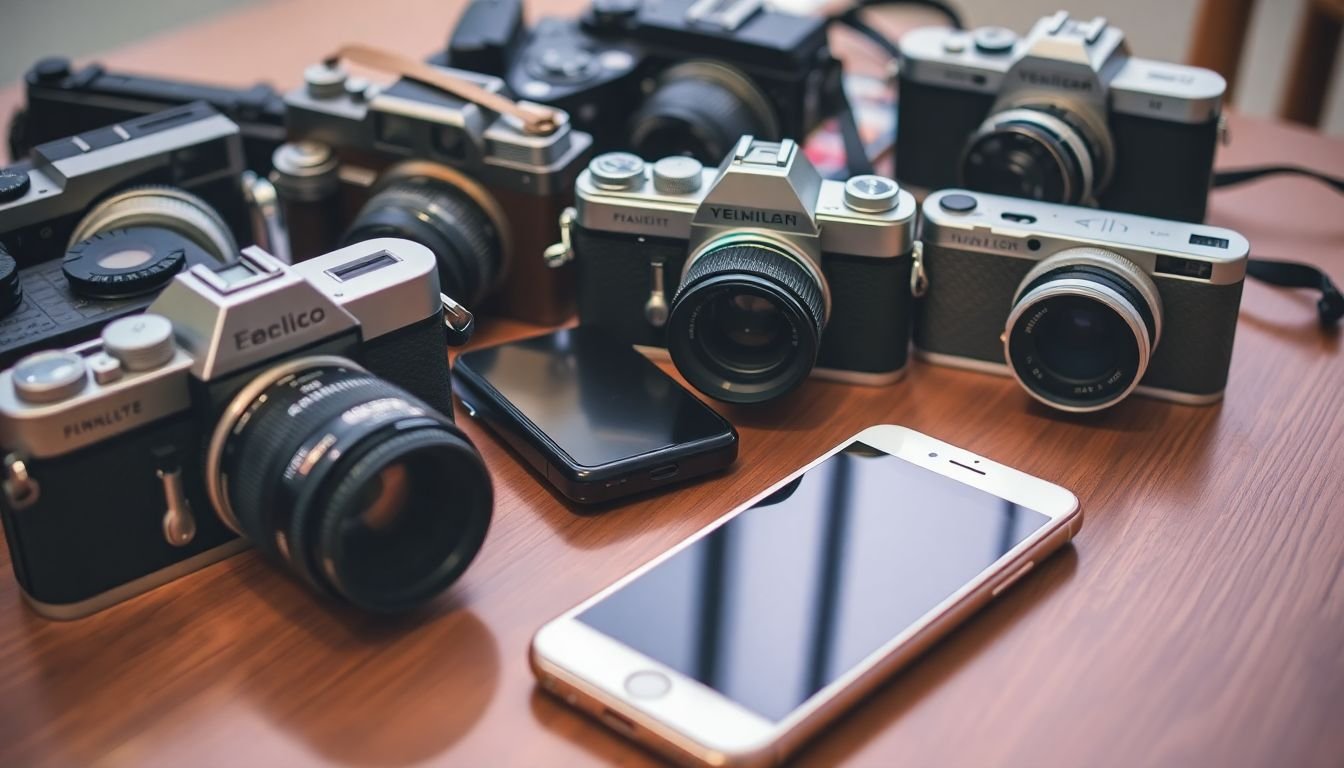
Disposable cameras were more than just a fun novelty—they were a cultural phenomenon that changed the way we capture and cherish memories. From family vacations to school events, disposable cameras democratized photography, making it accessible to people who may never have picked up a traditional camera.
This led to what many call the “Snapshot Era,” a time when photography was less about perfection and more about capturing the moment.
So, how did these simple, single-use cameras leave such a lasting impression on photography and culture? Let’s dive into the history and impact of disposable cameras.
The journey of disposable cameras began in the 1980s when Kodak introduced the first widely available model, the Kodak Fling, in 1987. These cameras offered users an inexpensive, easy-to-use way to take pictures and then discard the camera itself after use.
Kodak wasn’t alone; FujiFilm quickly jumped into the market with its own line of disposables. The appeal was universal: here was a camera that required no special skills, no careful handling, and no expensive investment.
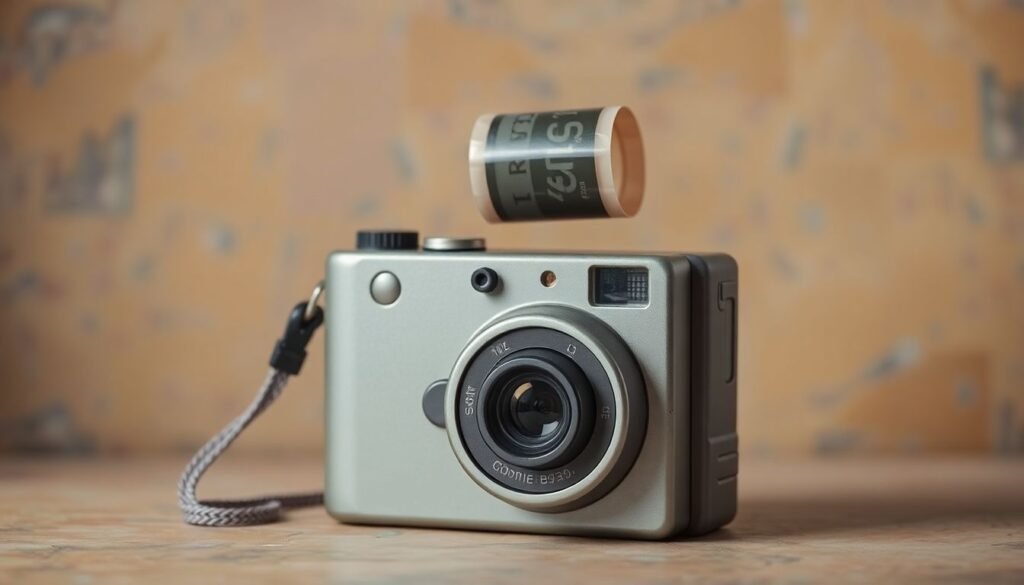
Disposable cameras were marvels of simplicity. With a basic plastic shell, fixed-focus lens, and a small flash, they were designed for point-and-shoot functionality.
Each camera contained a roll of film, typically with 27 exposures, and once all shots were taken, the entire camera was dropped off at a photo lab for developing. This straightforward design and ease of use made disposable cameras wildly popular among all age groups.
One of the main reasons disposable cameras exploded in popularity was their affordability. Traditional cameras and film were costly, and many people didn’t have the means or interest in investing in a full photography setup.
Disposable cameras changed that by providing a low-cost way for anyone to take photos, making photography accessible across various socioeconomic backgrounds.

Disposable cameras encouraged spontaneity. People no longer needed to carefully stage and compose each shot; instead, they could capture quick, candid moments, bringing photography to daily life in ways previously unimaginable.
From impromptu group selfies to candid snapshots, disposable cameras gave everyday people the chance to document the fleeting, informal aspects of their lives.
Weddings, birthdays, and family reunions saw a surge in disposable camera use. Hosts would place cameras on tables and encourage guests to snap photos, resulting in unique, diverse collections of moments from various perspectives.
These event snapshots brought a delightful mix of casual and unexpected photos that weren’t typically captured by professional photographers, adding a layer of personal touch and candid joy to each celebration.
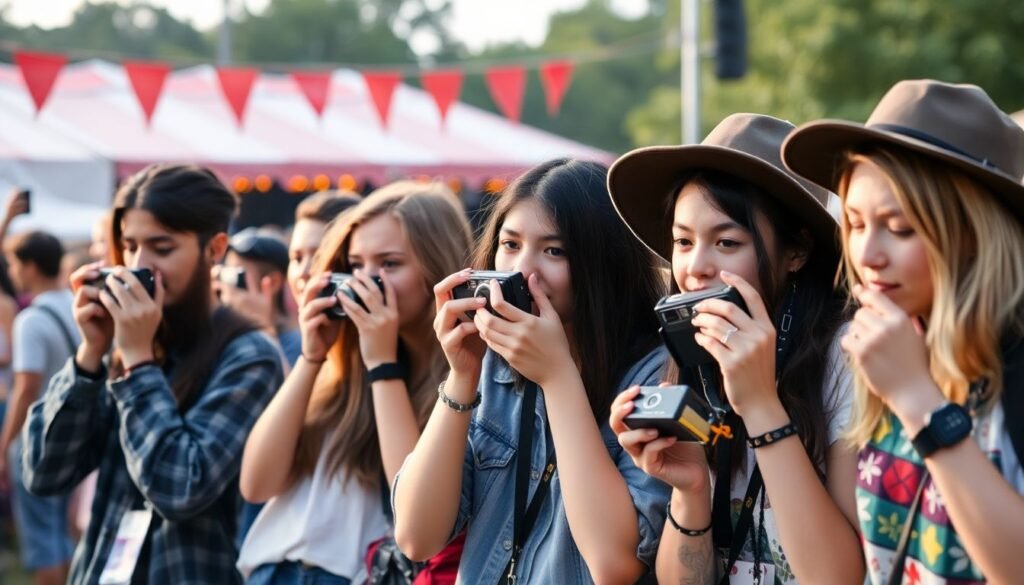
Travelers embraced disposable cameras as a practical alternative to lugging around bulky equipment. These cameras offered a carefree way to document their adventures without worrying about the risk of damaging or losing expensive gear.
Travel photography became less about carefully curated shots and more about capturing real-life experiences, which helped shape a more authentic, relatable aesthetic in travel photos.
The “snapshot aesthetic”—characterized by raw, unpolished, and sometimes imperfect images—became synonymous with disposable camera photography. Unlike traditional portraits or landscapes, these photos were marked by spontaneity and authenticity.
The snapshot aesthetic became popular because it offered a more genuine look at life, creating images that felt personal and real.

For teenagers and young adults, disposable cameras were a low-risk way to explore photography and self-expression. They offered a medium to experiment with without the financial commitment of a traditional camera.
Young people captured moments of friendship, rebellious escapades, and personal style, contributing to a collective youth culture that was both introspective and social.
As the popularity of disposable cameras grew, so did concerns about their environmental impact. The cameras were, by design, single-use, which led to questions about waste and sustainability. In response, companies like Kodak and FujiFilm started recycling programs to reduce landfill contributions.
However, these concerns remained a topic of discussion, prompting some to consider reusable film cameras as an alternative.
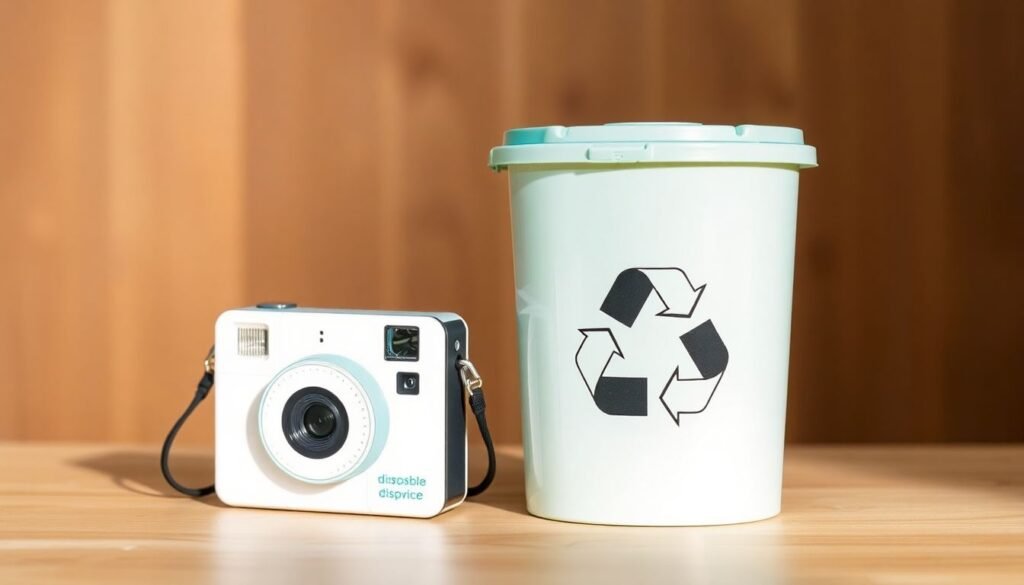
By the early 2000s, digital cameras and later, smartphones, rapidly gained popularity and began replacing disposable cameras. Digital technology allowed users to take countless photos, instantly review them, and even delete unwanted shots.
The flexibility and convenience of digital photography, combined with decreasing prices, eventually led to a decline in disposable camera sales.
In recent years, disposable cameras have experienced a nostalgic resurgence, especially among younger generations. Gen Z and millennials are drawn to the tactile experience of film and the excitement of waiting to see developed pictures.
Disposable cameras now have a place in weddings, parties, and travel once again, embraced by a generation that values authenticity and simplicity.

The “snapshot aesthetic” has found a new home on social media, where natural, retro-inspired filters mimic the look of disposable camera photos. Platforms like Instagram and TikTok often feature images or edits that replicate the unfiltered, flash-heavy feel of disposables. This resurgence has strengthened disposable cameras’ legacy, proving that the charm of film endures even in a digital world.
Disposable cameras left an undeniable mark on photography culture. By breaking down the barriers of cost and complexity, they democratized photography and influenced the candid, real-life aesthetic that’s popular today.
They paved the way for the development of instant and mobile photography, making it normal for everyone to capture and share slices of their everyday life.
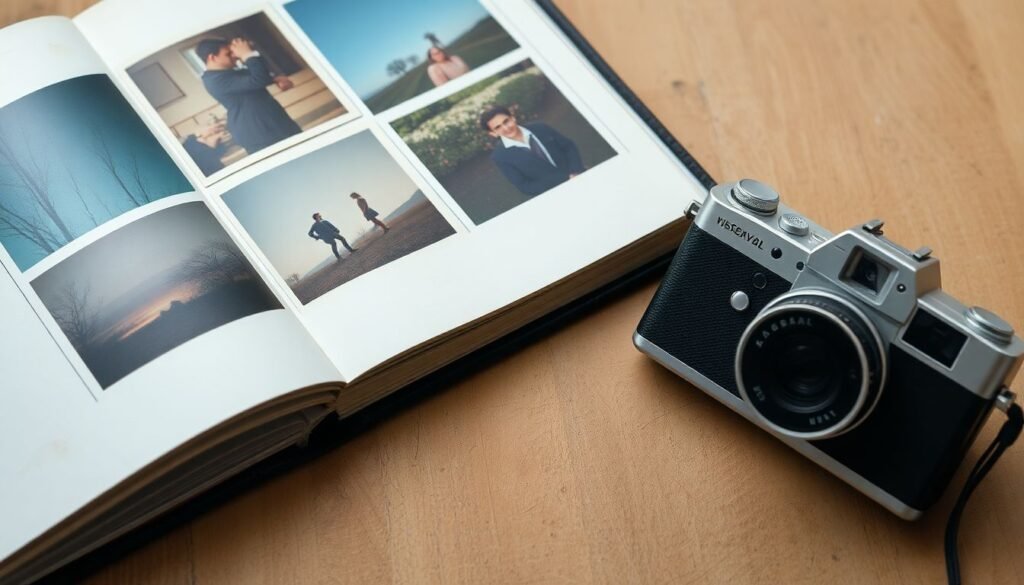
The impact of disposable cameras on the Snapshot Era cannot be overstated. These simple, affordable devices encouraged spontaneity, empowered youth expression, and introduced millions to the joy of photography.
Though digital photography has taken the spotlight, the legacy of disposable cameras remains strong. They reminded us that the best photos aren’t always the perfectly posed ones but often the ones captured in the moment.
Why were disposable cameras so popular?
What made disposable cameras unique?
Can you still buy disposable cameras today?
Are disposable cameras eco-friendly?
How did disposable cameras influence social media photography?